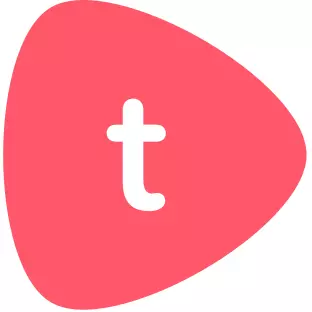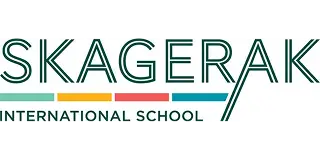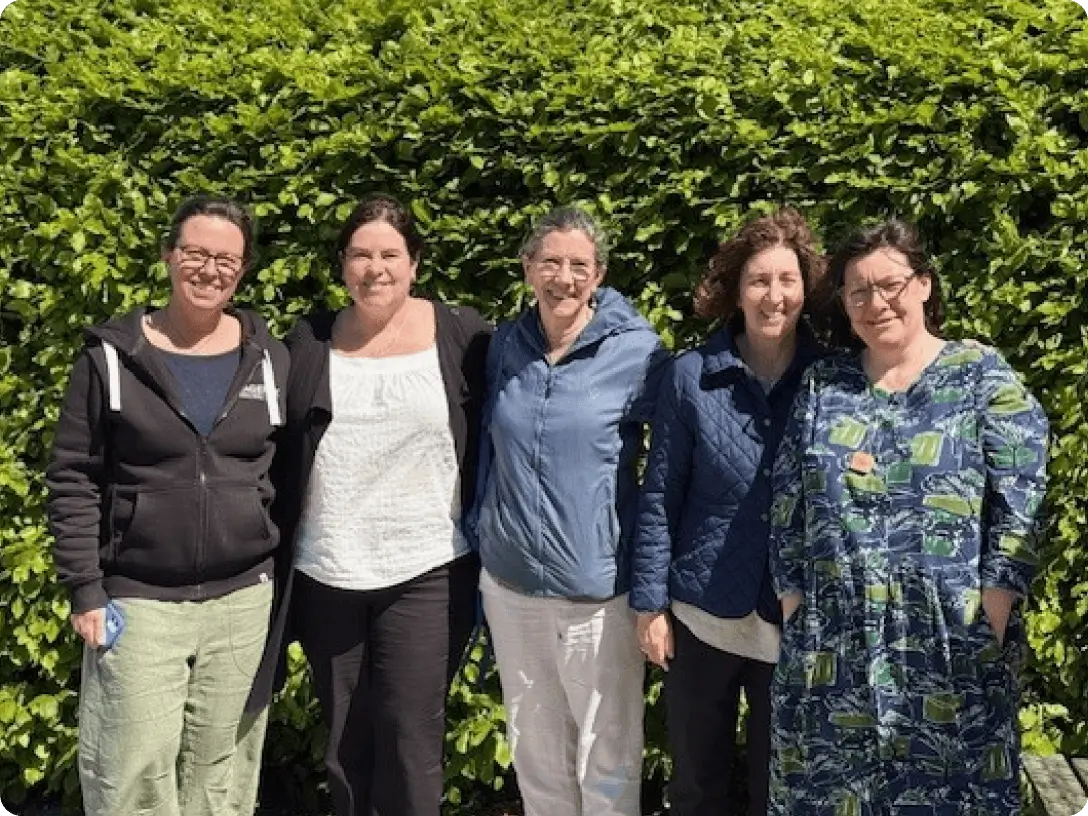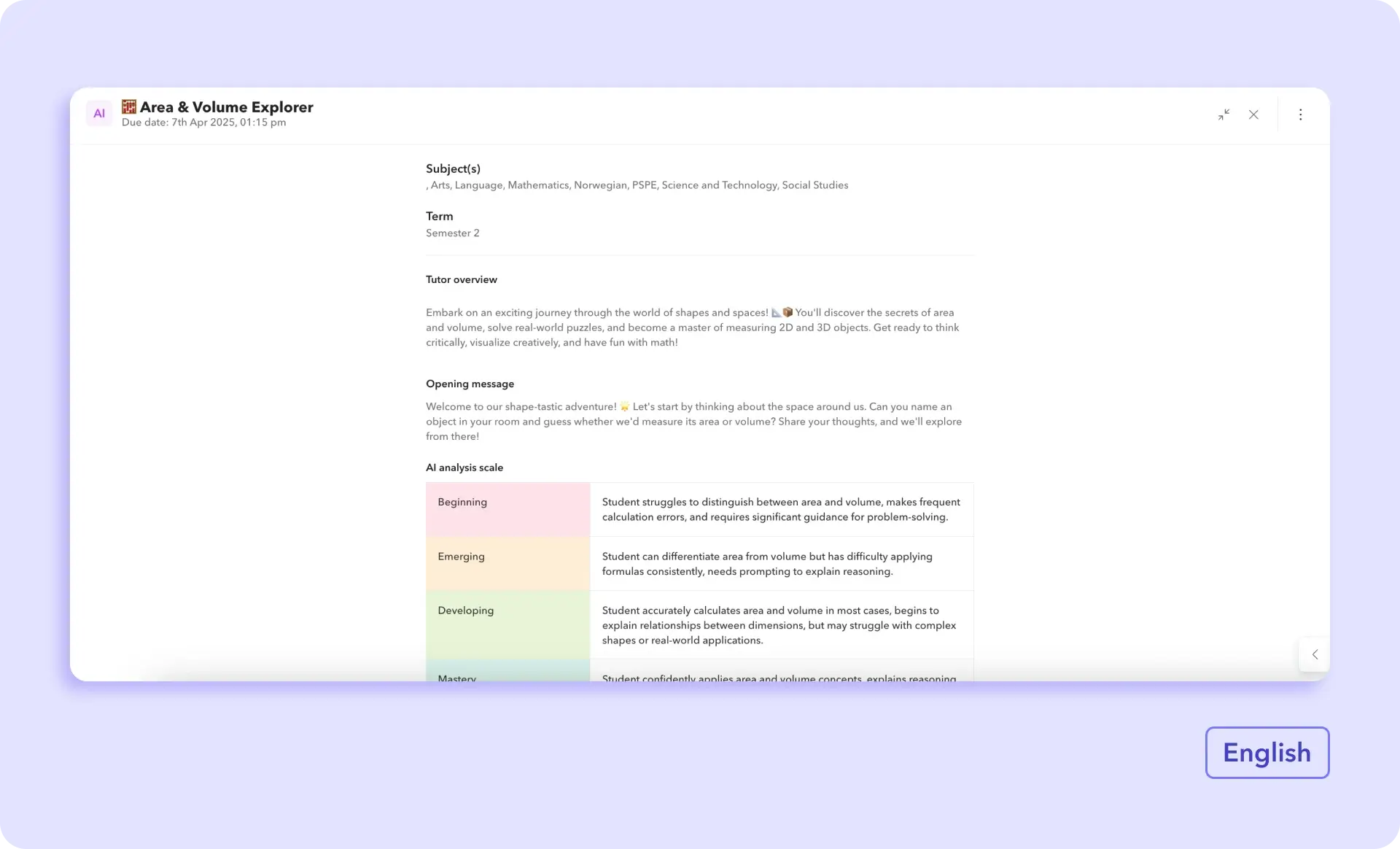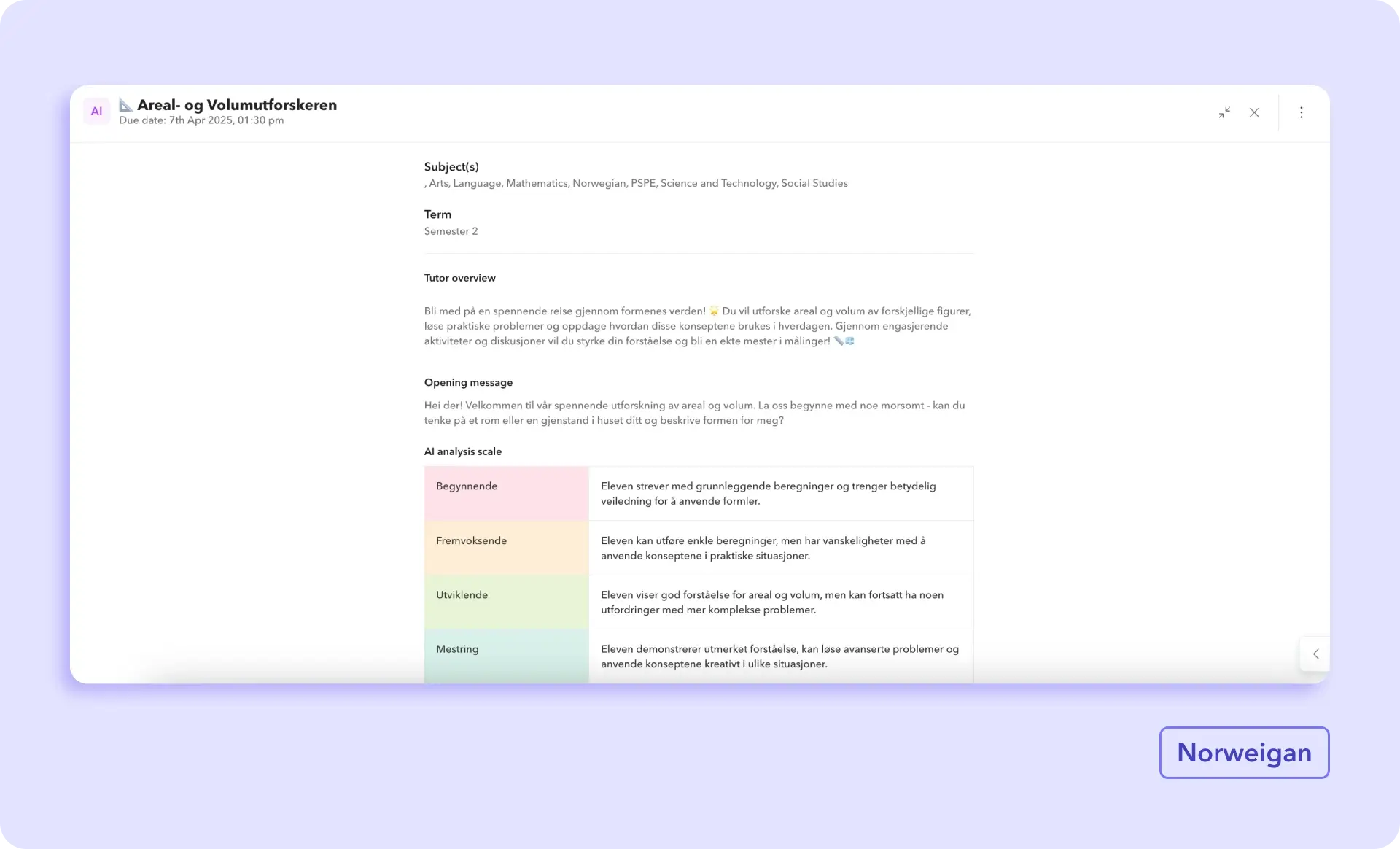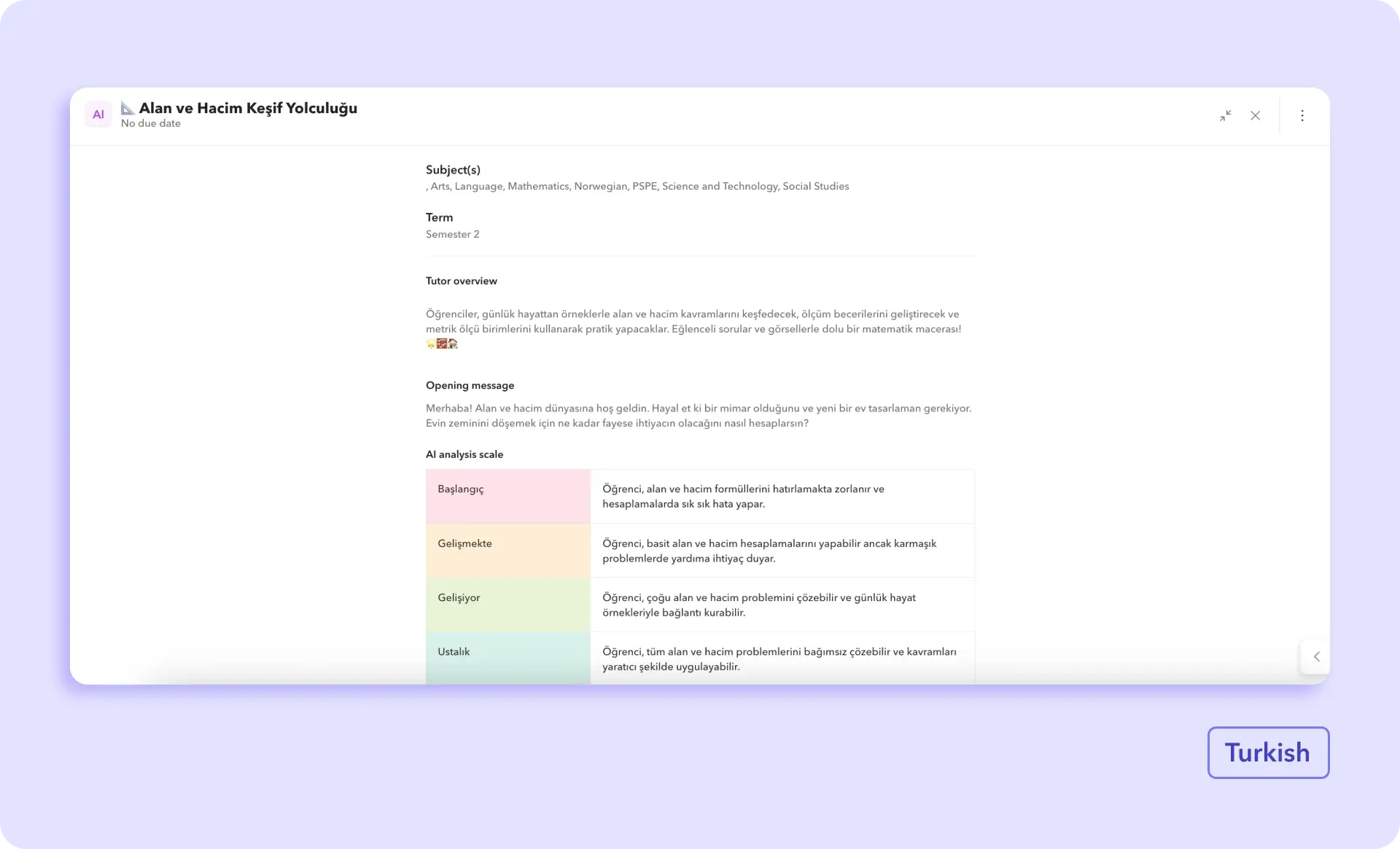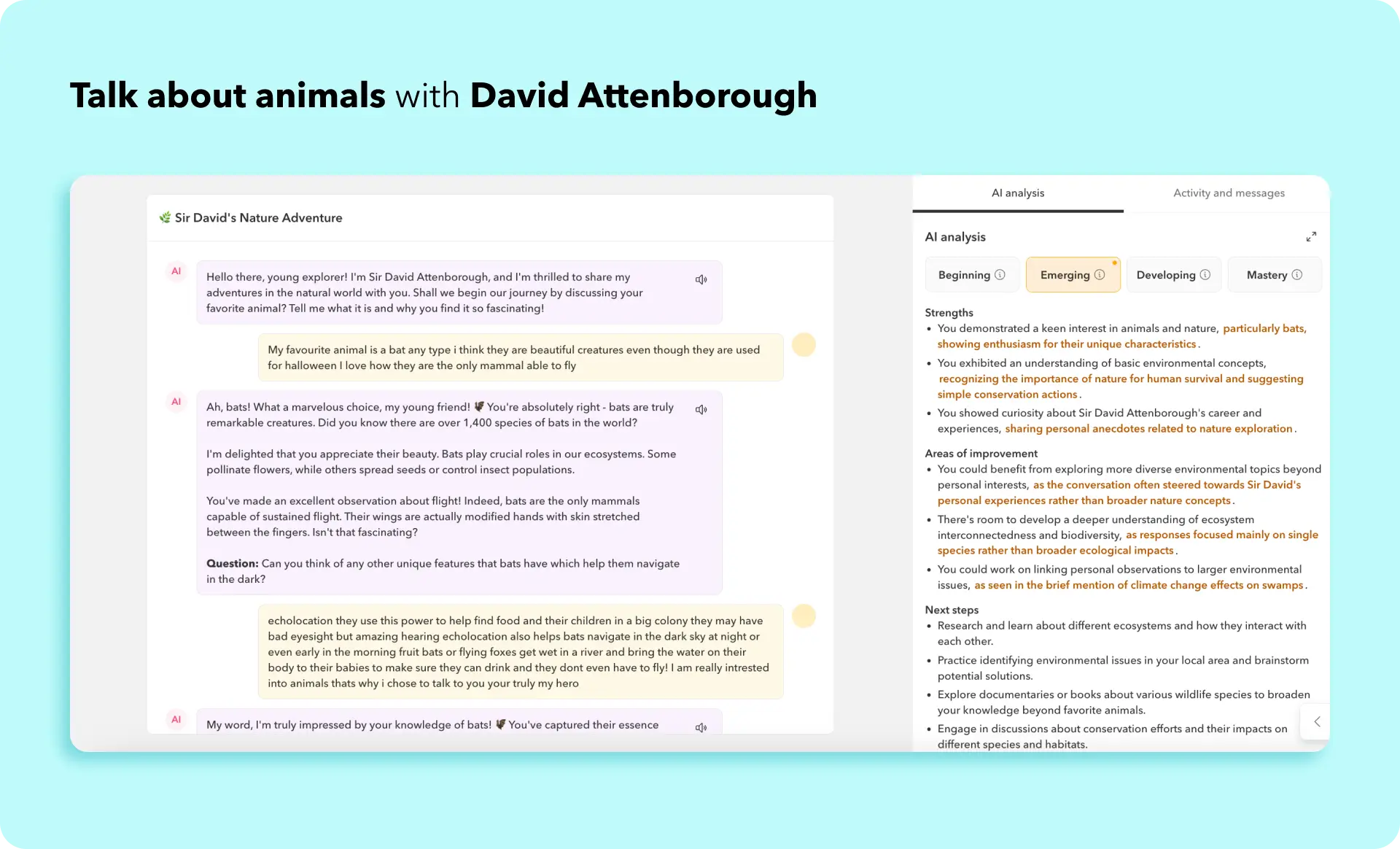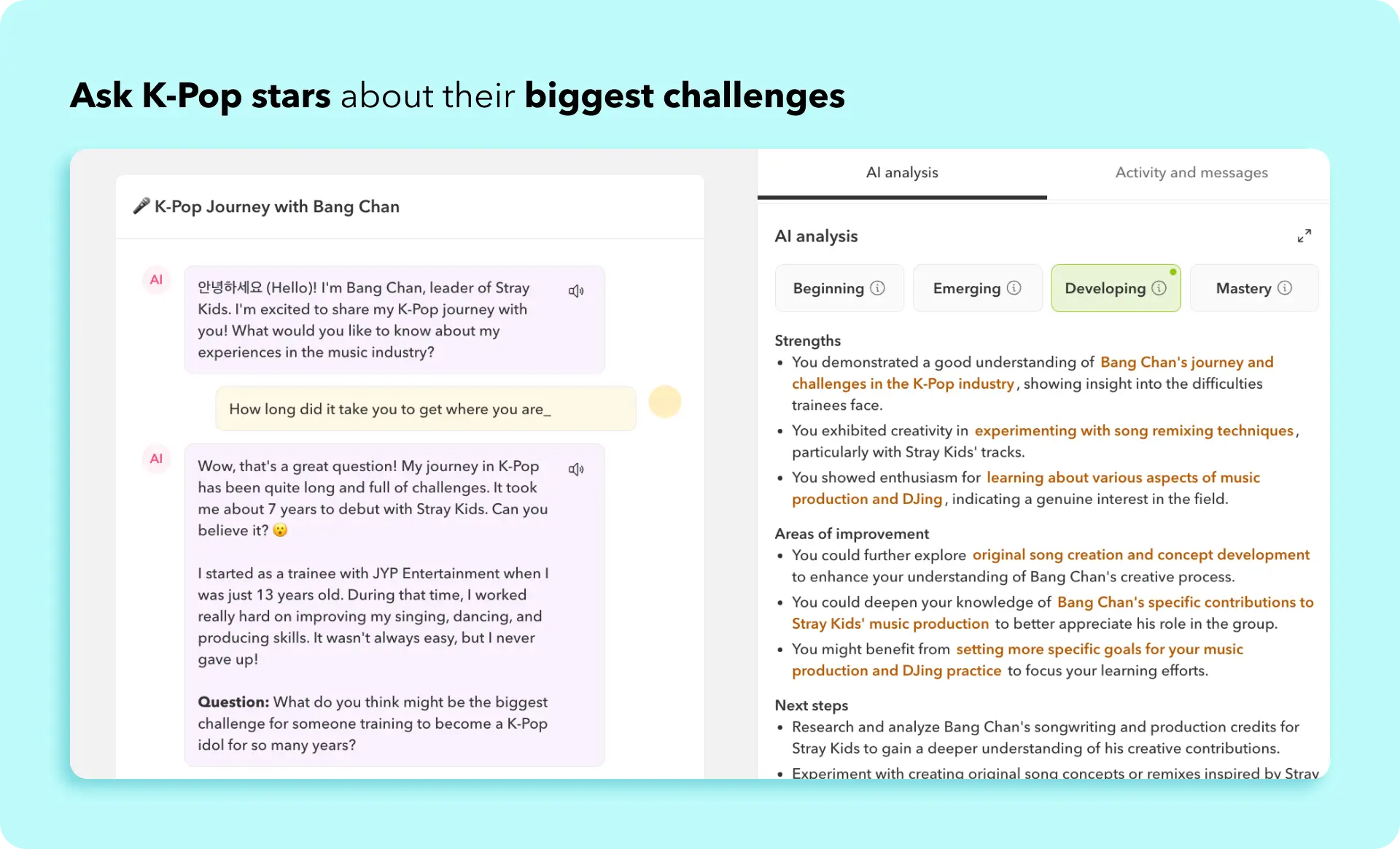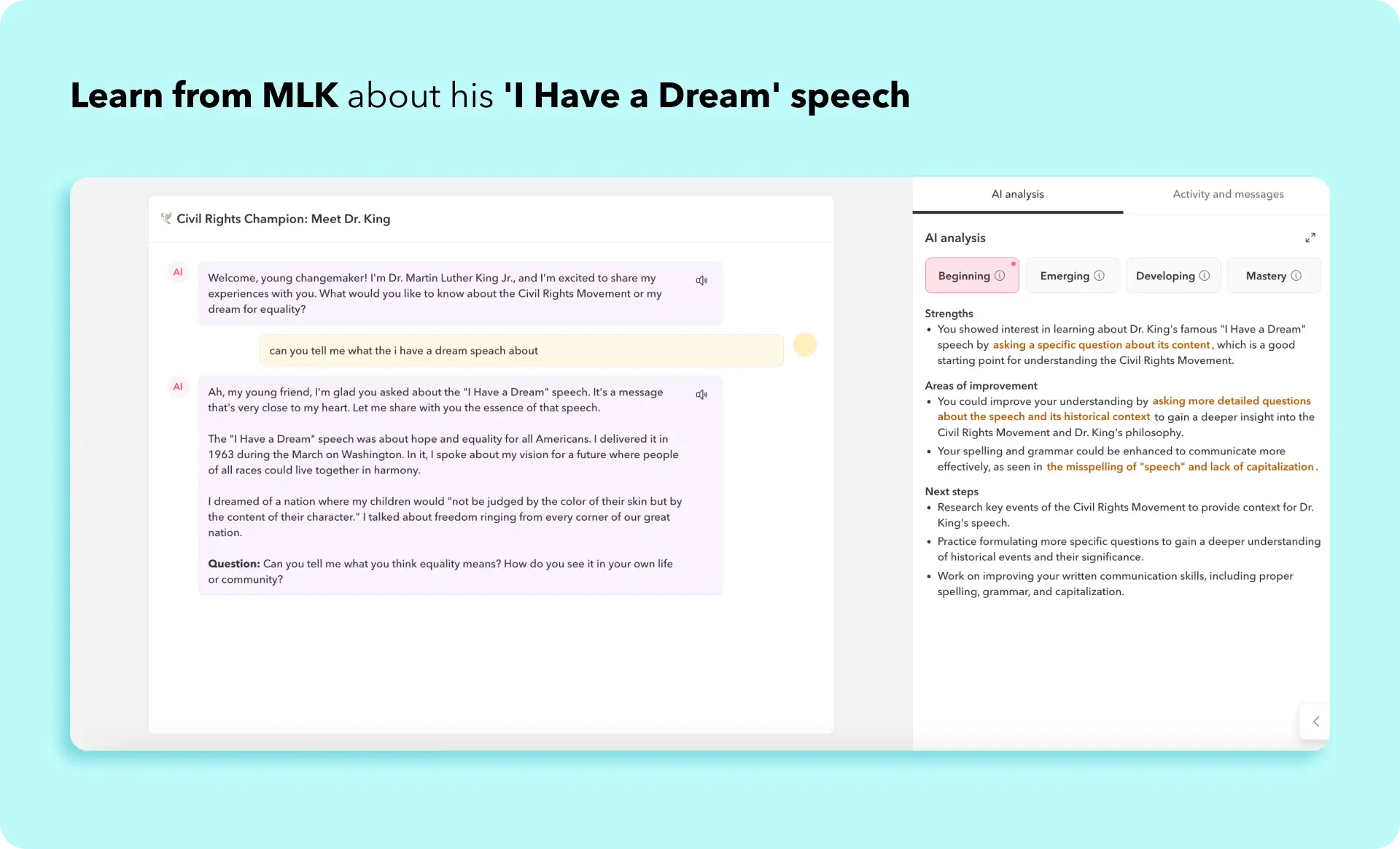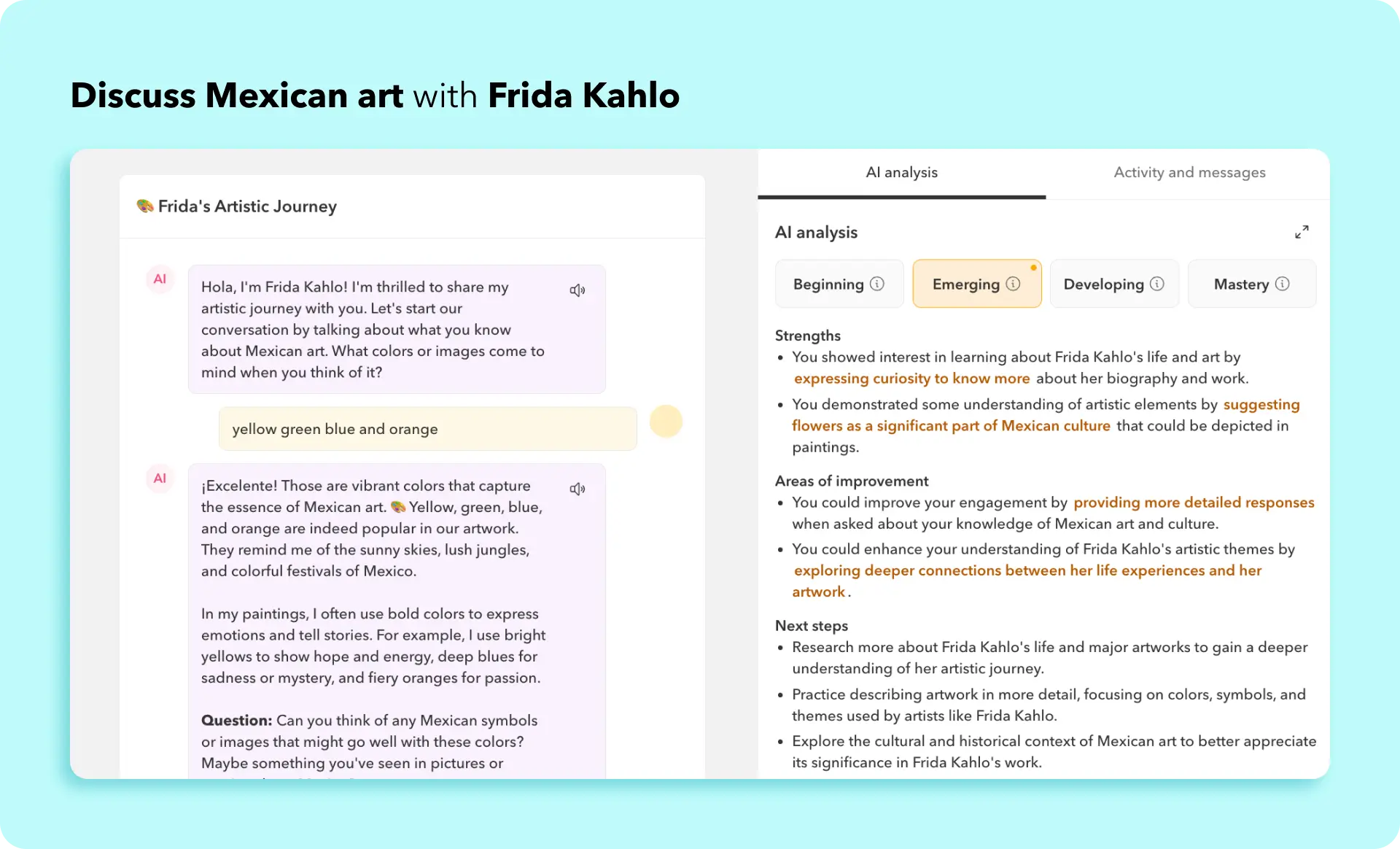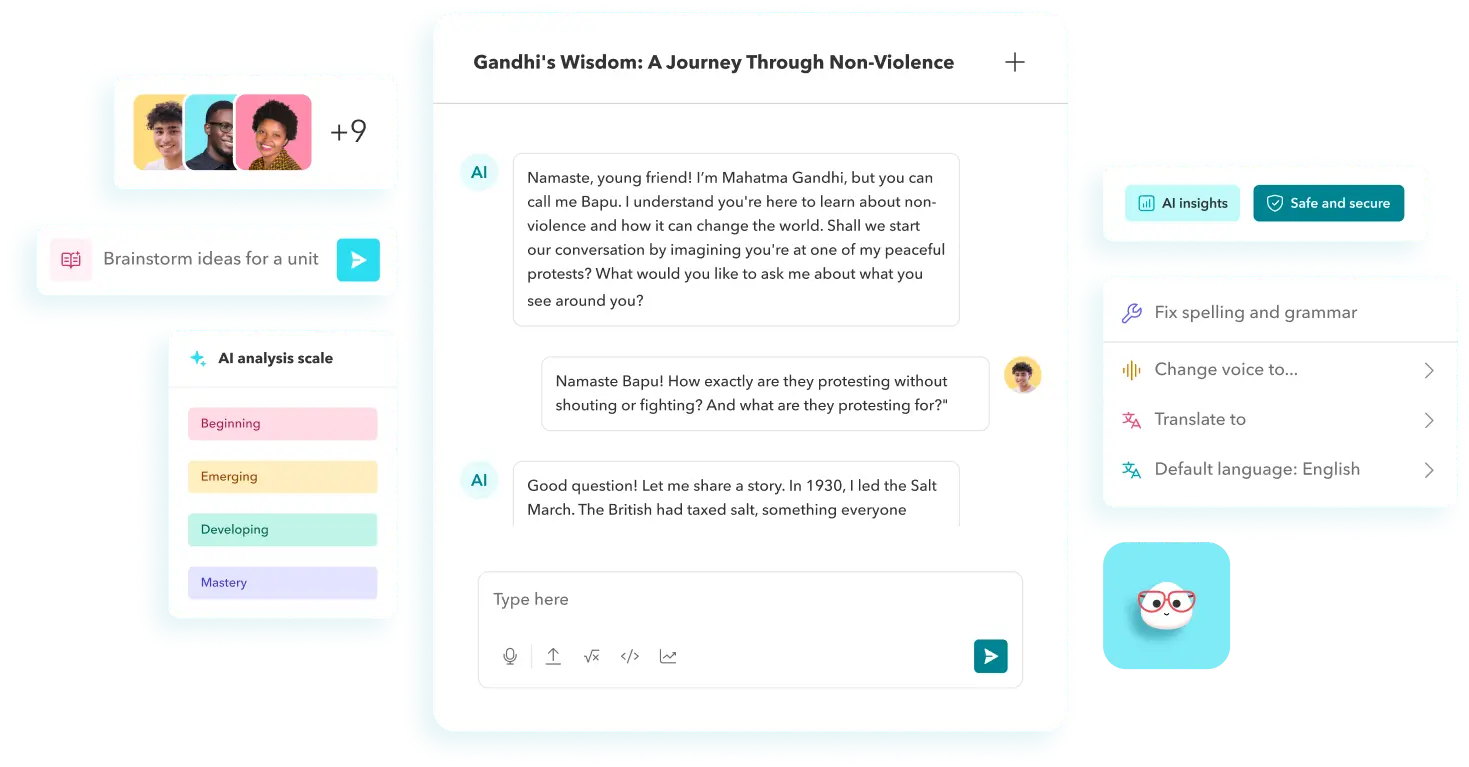As educators, we talk a lot about inclusion. But what we’re really talking about, at its core, is access. Access to ideas. Access to expression. Access to meaningful participation in the learning process.
At Skagerak International School, we’ve always worked hard to provide this kind of access through strong classroom practices like differentiation, scaffolding, and language support.
But with Toddle’s AI Tutors, we’ve taken a big leap forward. Access isn’t an afterthought at our school now. It’s part of how we design learning from the start.
Here’s what I mean:
1. Access for diverse thinkers
Every classroom includes students who learn differently: whether it’s dyslexia, ADHD, or other processing differences. Ensuring access for these learners has traditionally meant added layers of support. Extra time, additional prompts, or an educational support teacher.
This time, the AI Tutor I’d set up did something that reframed inclusion for me.
We were in the middle of a unit on volume. One of my Grade 5 students – brilliant, curious and dyslexic – was working on an AI Tutor task at home. In the past, she would’ve needed help to even begin, either from me or her mother.
This time, the AI Tutor worked with her 1:1. It read the prompt aloud for her, gave her space to process, and responded to her ideas in real time. She didn’t need someone beside her breaking things down, because the support was already built in. It didn’t feel like extra help. It felt like a natural part of her learning.
It wasn’t just the support during the session that stood out, it was also the insights I saw afterwards. The AI Tutor gave me a clear analysis of the conversation, and it didn’t just check whether she got the math right. It picked up on her creative problem-solving approach and recognized the depth of her thinking. For learners who don’t always show their strengths in traditional assessments, that kind of visibility is invaluable.
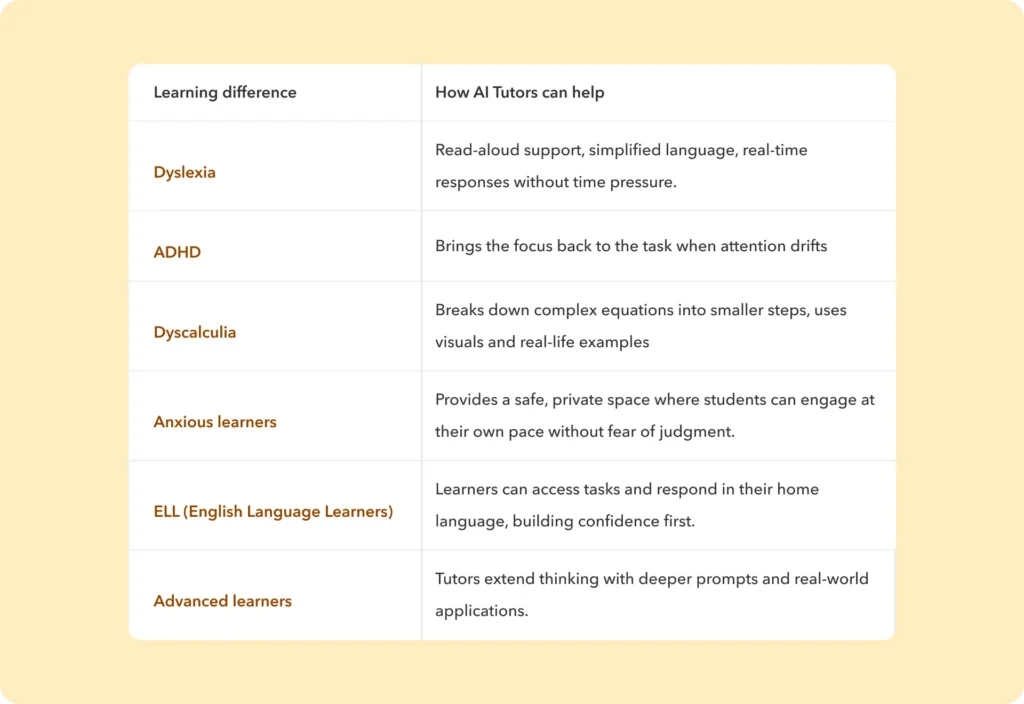
2. Access through language
There’s a kind of silence that settles in when a child doesn’t fully understand the language of the classroom. And that’s the last thing we want in an environment built on curiosity and student voice.
In my classroom, for instance, I have students who are comfortable in Turkish and some others who speak Norwegian. Our school’s primary language of instruction though is English.
For years, I did what most of us do. I translated lessons, copied chunks of text into Google Translate, adjusted the phrasing. I tried to bridge the gap. But the students still felt held back because the language they were expected to think and respond in was still English.
With Toddle’s AI Tutor, I was able to create a single learning experience and offer it in all three languages: English, Norwegian, and Turkish. Every student could access the task in the language they felt most confident using. And respond in that language, too.
Students who had previously struggled to get started were focused, engaged, and participating, without needing me to step in and find a way to translate. Language access didn’t feel like extra support. It felt like equity by design, and that made all the difference.
3. Access to meaningful real-world connection
One of the hardest parts of teaching is helping students see the real-world relevance of what they’re learning. We try to bring in articles, books, and videos, but the materials are often outdated, or too surface-level to spark real connection.
That challenge came up again during our Grade 5 unit on Beliefs, Values and Heroes. Each student had chosen someone they admired: Abraham Lincoln, David Bowie, Marcus Rashford, David Attenborough, even a K-pop star. Their choices were meaningful and personal. But when it came time to research, students with heroes that were not traditional historical figures struggled to find resources that provided enough information to connect with. The resources we found just didn’t go deep enough. And they didn’t speak in a way our students could relate to.
So we tried something fun.
We created 13 AI Tutors, each one set up to role play as one of their heroes. Students could engage in a back-and-forth conversation with their chosen figure about any topic. They asked Rashford about his activism, talked to a K-pop idol about perseverance, and explored Lincoln’s motivations in his own era.
What surprised me was how quickly the students stepped into the role of interviewer. They weren’t passive learners. They started shaping better prompts, rethinking their questions, and following up in ways that showed real curiosity.
That experience also taught us something. Creating 13 different AI Tutors was effective, but time-consuming. So in our next unit, the PYP Exhibition, the Grade 6 teacher and I took what we’d learned and tried something smarter.
This time, we created one AI Tutor experience focused on helping students practice paraphrasing. The tutor asked each student to share their topic—anything from autism to African rhino conservation—and then generated a short passage for them to summarize. It was one assignment, self-differentiating, and every student felt like it had been built just for them.
It was a huge time-saver, and just as powerful for learning.
Can you imagine this kind of learning experience five years ago? To educators who say AI stifles creativity, I’d say, let’s rethink. Because in our classroom, it sparked it.
4. Access for all, by design
What I’ve learned is this: inclusion doesn’t have to be complicated. With the right tools, it becomes second nature to make sure every learner has access.
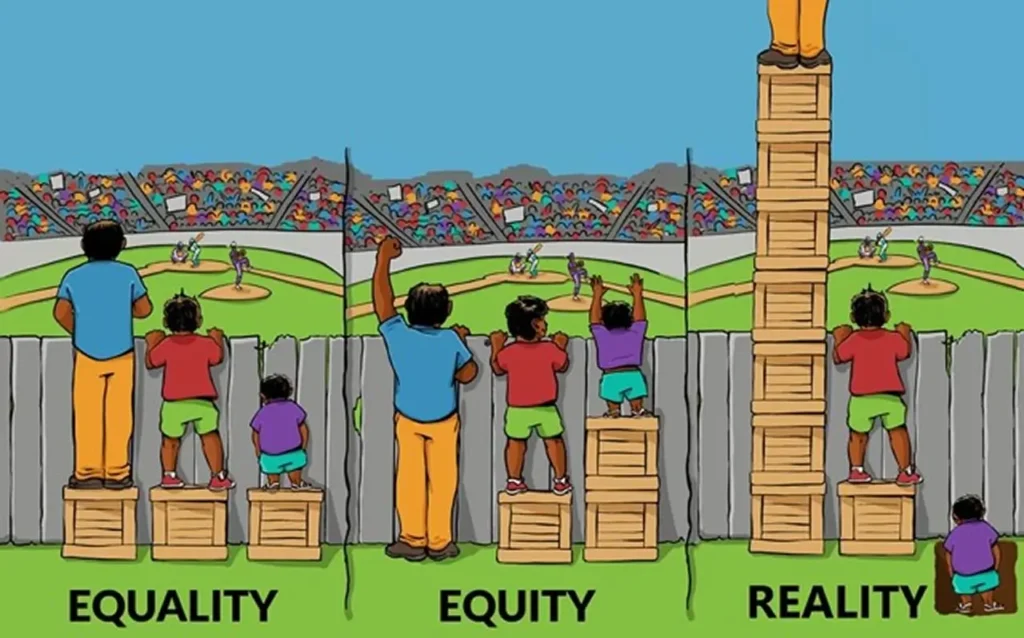
Toddle’s AI Tutors are helping us notice students who might have been overlooked. They’re helping us scale personalization without burnout. And most of all, they’re helping every child feel like they belong in the learning process.
If you’re exploring AI Tutors in your school, start with this question: Who haven’t we been hearing from yet?
You might find, like we did, that Toddle’s AI Tutors can help bring those voices to the front of the room.


